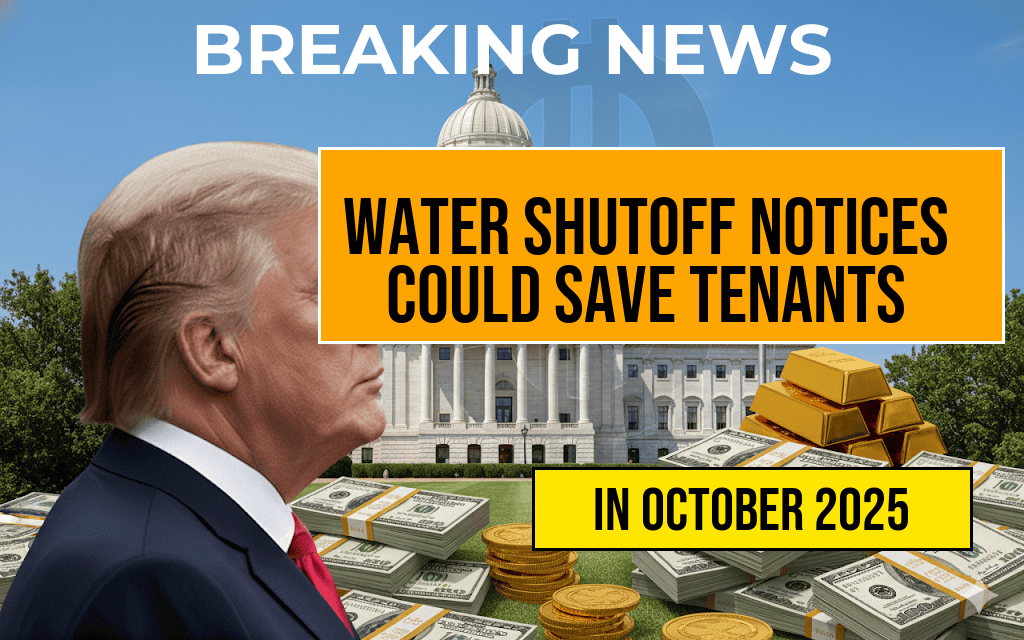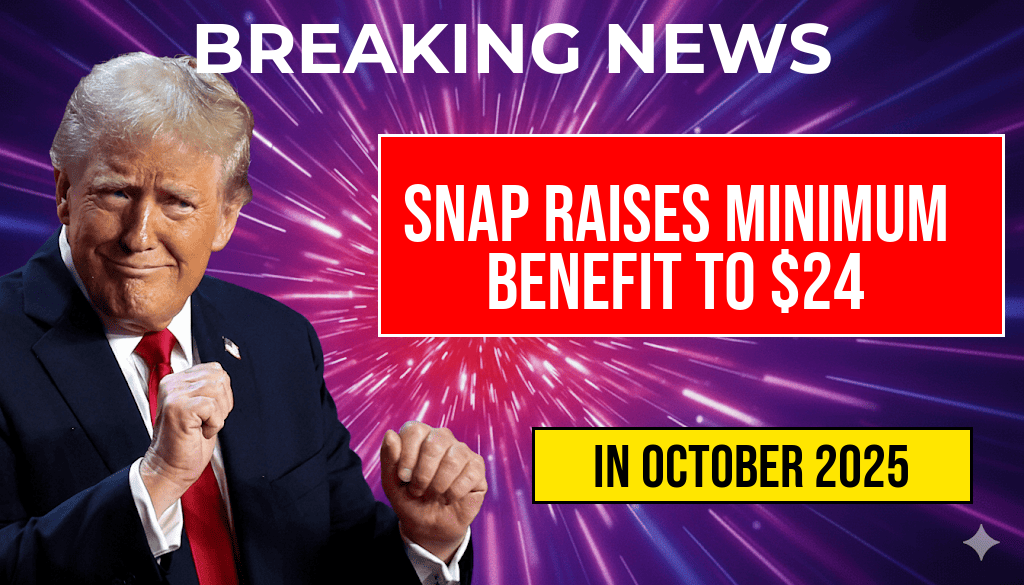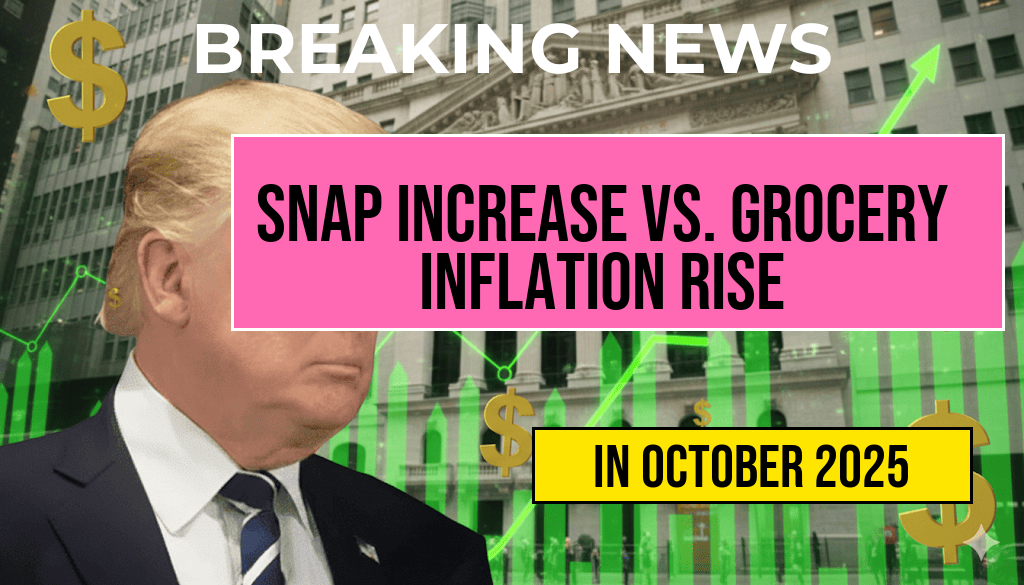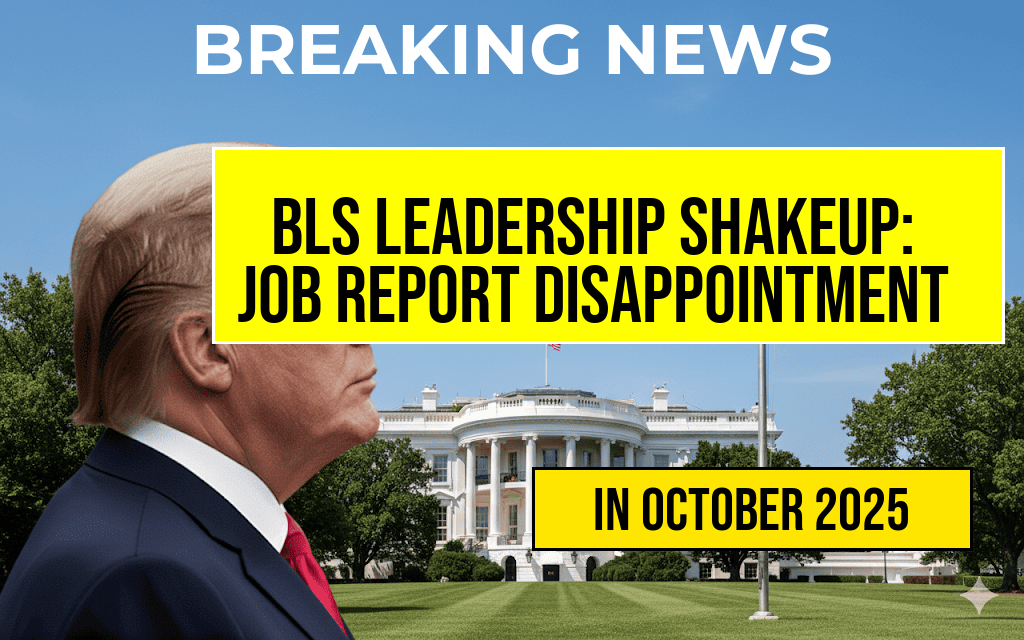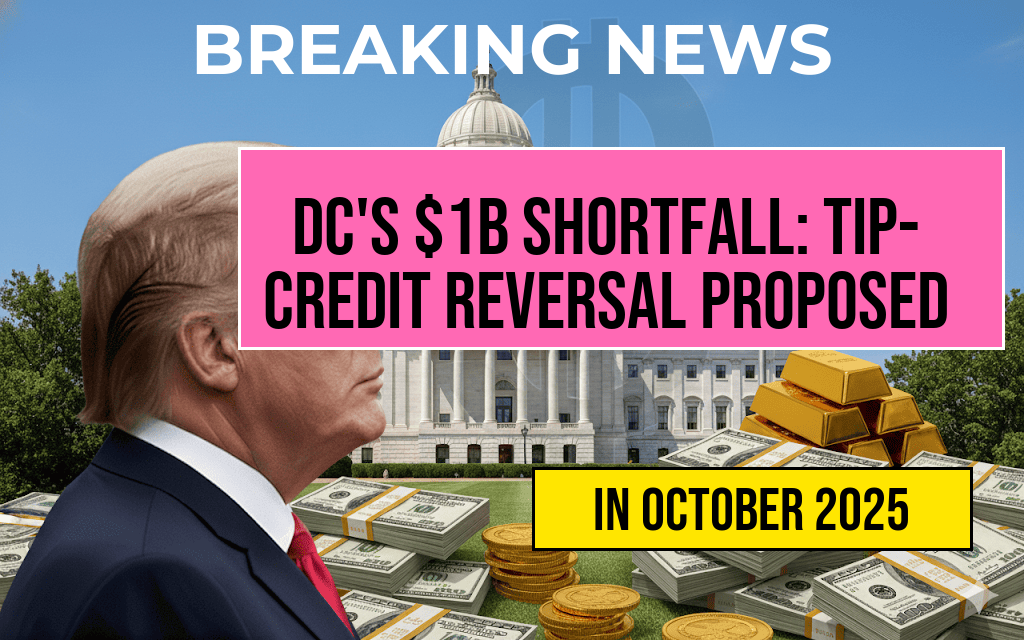New regulations from the U.S. Department of Education regarding the Public Service Loan Forgiveness (PSLF) program could significantly impact teachers across the nation. Under these new guidelines, some educators may find themselves extending their student loan debt by thousands of dollars. The proposed changes, which aim to clarify eligibility and streamline the application process, have raised concerns about the financial burden placed on many educators who have dedicated their careers to public service. Advocates for teachers are urging the Department of Education to reconsider these regulations, arguing that they could undermine the original intent of the PSLF program: to alleviate the student debt of those committed to public service.
Understanding the New Regulations
The recently announced PSLF regulations include several key changes that could affect how teachers qualify for debt forgiveness. One of the most significant alterations involves the calculation of qualifying payments, which may lead to confusion and potential financial strain for many educators. Details of the changes are still being evaluated, but initial reports indicate that:
- The definition of qualifying employment has been narrowed, potentially disqualifying some teaching positions.
- Payments made under certain repayment plans may no longer count toward forgiveness.
- Teachers who have previously been eligible may find themselves facing longer repayment periods.
Implications for Educators
For many teachers, the prospect of extending their loan repayment timeline is daunting. Educators typically earn lower salaries compared to other professions, making student loan repayment particularly challenging. The PSLF program was designed to offer relief by forgiving remaining loan balances after a decade of qualifying payments. With the new regulations, however, the financial landscape is changing.
According to a recent report by the Forbes Advisor, many teachers may now face an increased burden, with estimates suggesting that some could owe thousands more than previously anticipated. This situation could lead to increased turnover in the teaching profession, as educators may seek higher-paying jobs in non-public service sectors to alleviate their financial stress.
Reactions from Educators and Advocates
The response from educators and advocacy groups has been largely negative. Many are calling for a reassessment of the new rules, arguing that they contradict the fundamental goal of the PSLF program. John Smith, a high school math teacher from California, expressed his frustration: “I dedicated my life to teaching, and now it feels like the government is pulling the rug out from under me. I thought I was working toward something meaningful with my loans.”
Organizations such as the National Education Association (NEA) have voiced their concerns, asserting that these changes could disproportionately affect teachers in low-income areas where salaries are already stretched thin. The NEA released a statement emphasizing the need for policy that supports educators rather than limits their financial options.
What Can Teachers Do?
As the situation unfolds, teachers are encouraged to stay informed about the changes and explore their options. Here are some steps educators can take:
- Review the new regulations: Understanding the specifics of the changes can help teachers assess their individual circumstances.
- Consult financial advisors: Speaking with a financial expert familiar with student loan programs can provide clarity and options for managing debt.
- Engage in advocacy: Joining local or national educator groups can amplify voices calling for fair treatment in student loan policies.
Conclusion
The implications of the new PSLF regulations could reshape the financial futures of many educators, extending their debt and complicating their ability to secure financial stability. As the Department of Education outlines these changes, the ongoing conversation about the value of public service and the support provided to those who dedicate their lives to teaching remains more critical than ever. The educational community continues to advocate for policies that uphold the promise of debt relief for teachers, ensuring that financial burdens do not overshadow their commitment to education.
| Change | Impact on Teachers |
|---|---|
| Narrowed definition of qualifying employment | May disqualify some teaching positions |
| Payments under certain plans no longer count | Could elongate repayment periods |
| Increased repayment timeline | Increased financial burden on educators |
Frequently Asked Questions
What are the new PSLF regulations affecting teachers?
The new Public Service Loan Forgiveness (PSLF) regulations may alter the eligibility requirements and repayment plans for teachers, potentially extending their debt by thousands of dollars.
How might these changes impact teachers’ student loan payments?
Teachers may find that their monthly student loan payments increase or that they have to spend a longer time in repayment due to the revised regulations under the PSLF program.
Are there specific eligibility criteria that have changed for teachers?
Yes, the new regulations include changes to the eligibility criteria for PSLF, which may require teachers to meet additional conditions to qualify for loan forgiveness.
What should teachers do to prepare for these new PSLF regulations?
Teachers should review their loan repayment plans and stay informed about the latest updates to the PSLF program to ensure they are in compliance and maximizing their potential for forgiveness.
Will these new regulations affect teachers who have already applied for PSLF?
Yes, teachers who have already applied for PSLF may see their applications reviewed under the new regulations, which could result in changes to their forgiveness eligibility and timelines.


